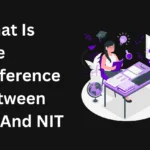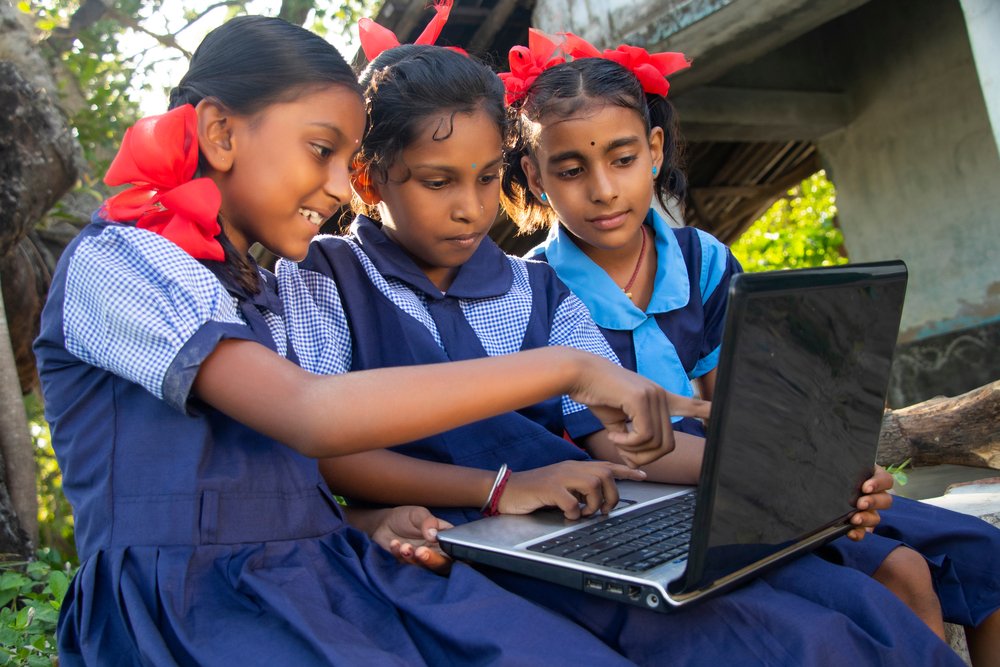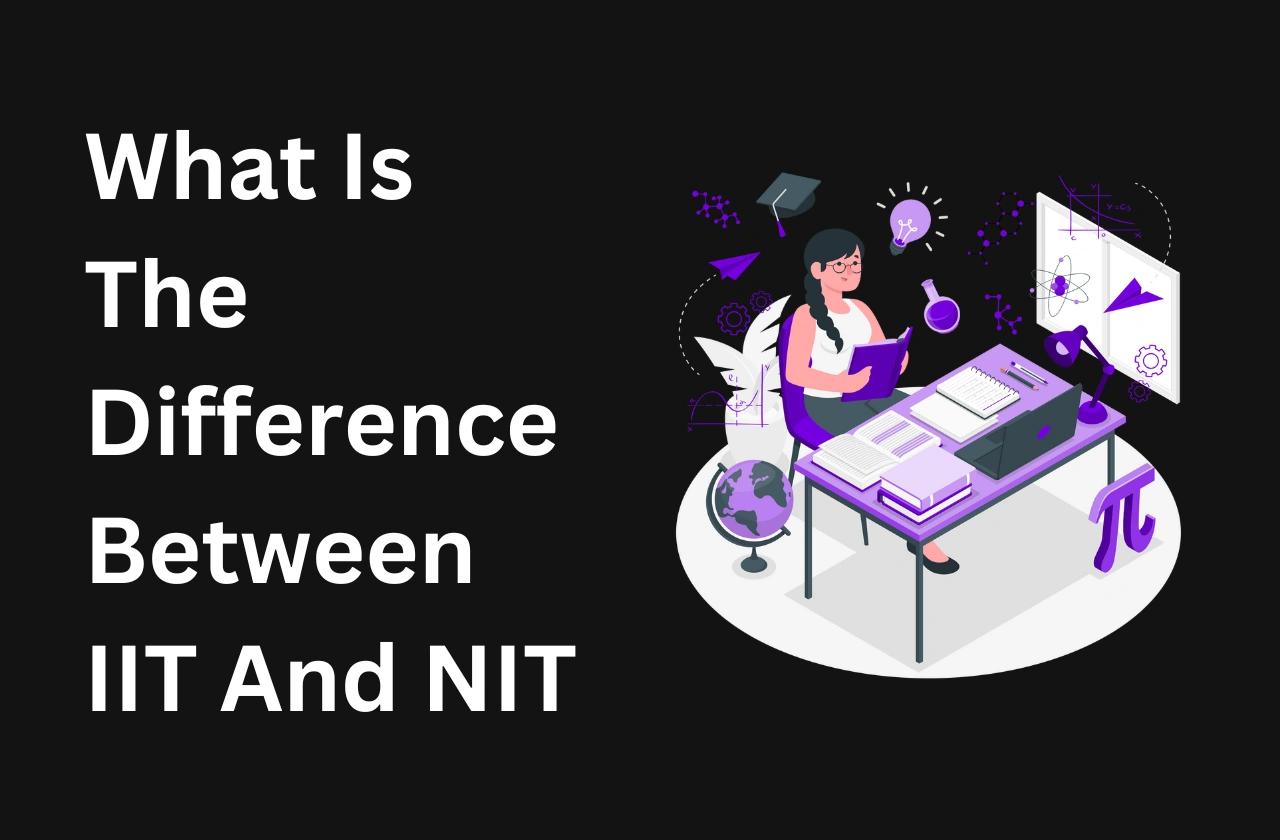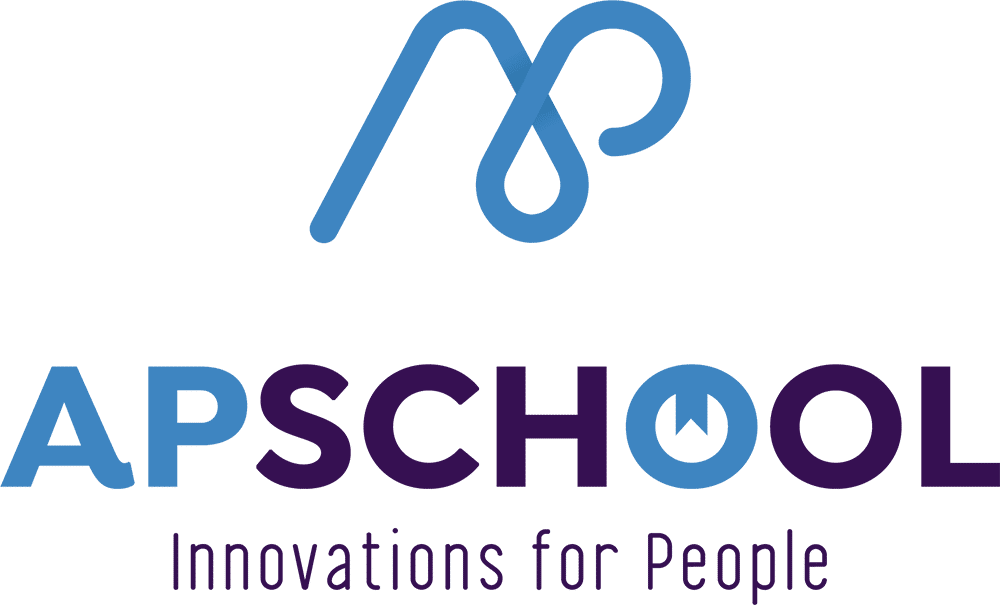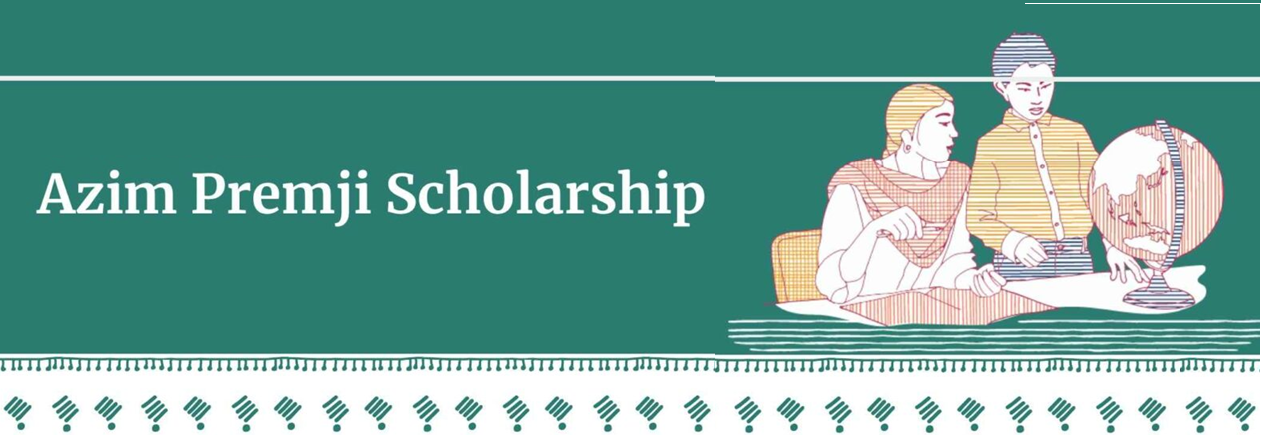India’s educational frameworks are as varied as the rich tapestry of cultures. Language is very important in shaping much of the learning experience among millions. The medium of instruction from schools to higher education institutions has been a topic of intense struggle reflecting the multilingual character of the nation and the diversity-perceived problems faced by this plurality. The article shall discuss the undertones of history, present policies, and implications for matters of choice in language in the Indian education system.
Historical Context: Language and Education in Pre-Independence India
Understanding the historical context of language in Indian education is crucial before one can tackle modern problems. Particularly in higher education, English became the medium of teaching during the colonial period. This maneuver sought to establish a group of English-educated Indians able to help with managerial tasks. But this requirement sometimes sidelined native languages and traditions, so causing a gap between official schooling and the linguistic facts of the majority.
Post-Independence Language Policies
India had the enormous job of bringing together a country abundant in linguistic variety once it gained autonomy in 1947. Originally including 14 official languages, the authors of the constitution now count 22 under the Eighth Schedule. The language argument carried over to education as well, with legislators trying to harmonize national integration with local linguistic identities.
As a compromise, the Three Language Formula advised pupils be taught this:
- The local language, either the first language or the major one of the state, is
- Officially spoken by the central administration, Hindi
- English (or every other contemporary Indian language)
Preserving local languages, this rule sought to encourage multilingualism and national unity. But the way it was put in practice differed among states, causing inequality in academic results and language aptitudes.
The National Education Policy (NEP) 2020: A Paradigm Shift
The Indian government presented the National Education Policy (NEP) 2020 in July 2020, therefore marking a big change in educational theory. One of the pillars of advice was the particular use of mother tongue or local language as the medium of instruction, especially in the early grades.
The NEP 2020 mentions:
The medium of instruction will preferably be the mother tongue or local language until at least Grade 5, but better till Grade 8, and further wherever possible.
The Fresh Indian Express
This approach is based on educational studies indicating that in their first languages, children learn and understand ideas more thoroughly. Grounding early education in familiar linguistic contexts allows the policy to aim to improve basic literacy and cognitive development.
CBSE’s Adoption of Indian Languages
Following the vision of the NEP 2020, the Central Board of Secondary Education (CBSE) said in July 2023 that Indian languages could be introduced from preschool to Class XII. This choice highlights a dedication to encourage multilingual education and recognizes the cognitive benefits of learning in one’s mother tongue.
Several difficulties in this change were underlined by the CBSE:
Making sure certain teachers are qualified in local tongues and ready to instruct several topics will help to find:
Availability of Experienced Teachers
Development of Multilingual Textbooks: Creating high-quality educational materials in multiple languages.
Time management: especially in two-sched government schools, dealing with the need for extra instructional time.
The Ministry of Education instructed the National Council for Education Research and Training (NCERT) to create new textbooks in 22 scheduled Indian languages, targeting availability from the 2024-25 academic session, to support this programme.
Cognitive and Cultural Implications
The stress on mother tongue teaching reflects more fundamental cognitive and cultural issues rather than simply a policy decision.
Benefits in cognitive attitude:
Improved Understanding: Kids learn ideas more easily in a language they know.
Critical thinkers: Better analytical and problem-solving abilities result from learning in one’s mother language.
When students grasp the medium of instruction, they are more prone to stay engaged and advance their education. A
The Debate Over a National Language
Adopting a single official language has been a divisive matter in India. Supporters insist that streamlining bureaucratic operations and national unifying can be accomplished using a common language. Critics argue, though, that forcing one language, say Hindi, over others erodes the linguistic richness of the nation and makes non-Hindi speaking groups sidelined.
Through projects like the People’s Linguistic Survey of India (P.L.S.I.), literary scholar Ganesh Devy has thoroughly cataloged the great variety of languages in India. Maintaining the cultural and social weave of the country depends, he contends, on saving many languages. Devvy warns against the drive to make Hindi an official language since she claims such efforts may undermine India’s many linguistic legacy.
The Role of English in Indian Education
India&’s educational system assigns English a particular place. Originally introduced under colonialism, this has grown to become a worldwide lingua franca and is sometimes linked with economic mobility. Perceived to provide better chances, English-medium schools abound throughout the nation as a result of this.
But this inclination toward English has set off discussions:
Access and equity: English-medium education can result in inequalities since not all students have the same level of exposure or means to conquer the tongue.
Quality of Learning: Giving English too little support may compromise understanding and educational results.
Overemphasis on English could cause people to distance themselves from regional customs and languages.
Conclusion
The language of education in India is a complex and developing topic, shaped by historical legacies, policy changes, cognitive science, and societal aspirations. India’s dedication to multilingual instruction is shown in the Three-Language Formula, National Education Policy 2020, and CBSE projects released just now. Through early years emphasis on mother tongue instruction, legislators hope to improve learning results, protect language variety, and lower dropout levels.
Implementing this ideology, though, is fraught with serious problems such as teacher training, urban migration patterns, and limited resources. Moreover, educational terrain is still affected by parental preferences for English-medium education driven by globalization and economic mobility.
Also Read: BSc Nursing Syllabus : Become a Skilled Nursing Professional


